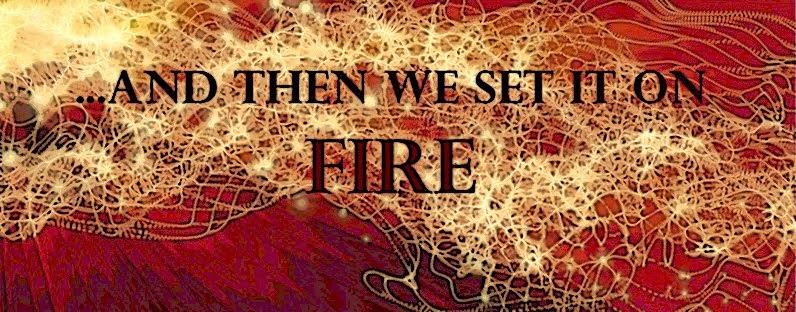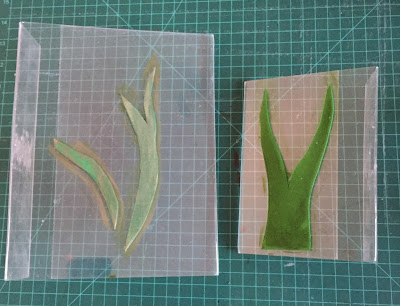There are still more goodies to find at the supermarket. Let's check out the pasta and rice aisles.
For stamping block I like these transparent picture frames, the dollar store is one of the places where you can buy them, they come in different sizes.
I covered the top with double sided cellotape.
And placed the macaroni on it in the shape of a circle.
Using a brayer I covered the macaroni with paint. Pressed this onto the fabric.
And repeated this till I was satisfied with the result.
Next step was to repeat this process using a different color. This is how it looked like when I was done:
I used different brands of acrylic paint. I let the fabric dry and heat set it by ironing from the back. Afterwards I overdyed it with a pale blue.
Instead of using macaroni, rice, lentils or dried beans can be used as well to get a similar effect. My next sample was done using spaghetti. As usual I applied double sided cellotape to my picture frame stamp and place the spaghetti on it. In this stamp I placed the spaghetti next to each other, but of course you can play with different distances between the spaghetti.
Place your fabric on your printing board and put some paint on a plastic plate. Apply the paint to your stamp with a brayer and place your stamp on the fabric. You can position your stamp in a neat order, or just at random. Here is my result:

























































